Building is an exciting venture. You have the plans, the location, and the vision for your perfect home, extension, or investment property. Yet, transforming that vision into reality requires navigating the complex system of Queensland’s building regulations.
Failing to comply can quickly derail a project, leading to stop-work orders, budget blowouts, and legal complications. This regulatory system serves a critical purpose: to safeguard your investment, ensure your family’s safety, and uphold the long-term value of your property.
This guide provides a clear path through the legislative landscape. We’ll break down the key codes, permits, and inspections you need to know, helping you avoid costly pitfalls and proceed with absolute confidence.
Key Takeaways
- Most projects need building approval, including new homes, extensions, pools, and sheds.
- Multiple codes apply, including the Building Act 1975, NCC, and Queensland Development Code.
- Planning and building approvals are separate processes, and your project will often require both.
- New homes must meet 7-star energy ratings and Whole-of-Home efficiency standards (as of May 2024).
- A certifier must conduct mandatory inspections at the slab, frame, enclosed, and final stages.
- Owner-builders need a permit for work over $11,000 and carry full legal responsibility.
- Avoid common mistakes like starting without approval, using unlicensed trades, or ignoring overlays.
- Final certificates are essential to occupy, insure, sell, or lease your property.
- Independent inspections help catch issues early and keep your build on track.

What are Queensland’s Building Regulations?
Queensland’s building regulations are the legally enforceable standards for the design, construction, and alteration of buildings across the state. They apply to a vast range of projects, from new homes and apartment complexes to renovations, extensions, and outdoor structures such as decks, carports, and pools.
The primary goal of these regulations is to ensure all buildings are safe, structurally sound, energy-efficient, and accessible. They cover critical technical aspects such as:
- Structural Adequacy: Ensuring the building can withstand loads and forces, including wind uplift in cyclone-prone regions.
- Fire Safety: Mandating smoke alarms, fire separation between dwellings, and safe exit routes.
- Health and Amenity: Covering waterproofing, ventilation, lighting, and sound insulation.
- Energy Efficiency: Setting minimum standards for insulation, glazing, and appliance performance to reduce energy consumption.
Compliance is non-negotiable. Whether you’re a homeowner, builder, or property developer, your project must meet a combination of national and state-based rules. The consequences of non-compliance can range from fines and rectification orders to, in severe cases, demolition of the unapproved works.

The Legal Framework: Legislation Behind Queensland’s Building Rules
In Queensland, building work is governed by a hierarchical legal framework. Understanding how these pieces fit together is the first step to ensuring compliance.
Building Act 1975 (Qld)
This is the primary state legislation—the master rulebook for all building work. It establishes the key roles and responsibilities, defining who can perform building work, the function of building certifiers, and the legal requirements for approvals and inspections. It grants local governments and the QBCC their enforcement powers.
Building Regulation 2021
If the Act is the rulebook, the Regulation is the operational manual. It provides the specific details on how to follow the Act’s requirements, covering administrative processes like lodging applications, using the correct forms, and paying the required fees.
National Construction Code (NCC)
The NCC is the technical bible for building in Australia. It’s a uniform set of standards for the design and construction of buildings. It comprises three volumes:
- Volume One: Pertains to larger commercial, industrial, and multi-residential buildings (Class 2-9).
- Volume Two: Pertains to smaller-scale residential buildings (Class 1 and 10), which include houses, sheds, and carports.
- Volume Three: Contains the standards for plumbing and drainage (Plumbing Code of Australia).
Queensland Development Code (QDC)
The QDC adds a layer of state-specific requirements on top of the NCC. It addresses issues unique to Queensland’s climate, environment, and lifestyle. For example, the QDC includes mandatory provisions for:
- Building in bushfire, flood, and storm tide-prone areas.
- Water efficiency and sustainable building practices.
- Design standards for small lots and duplexes.
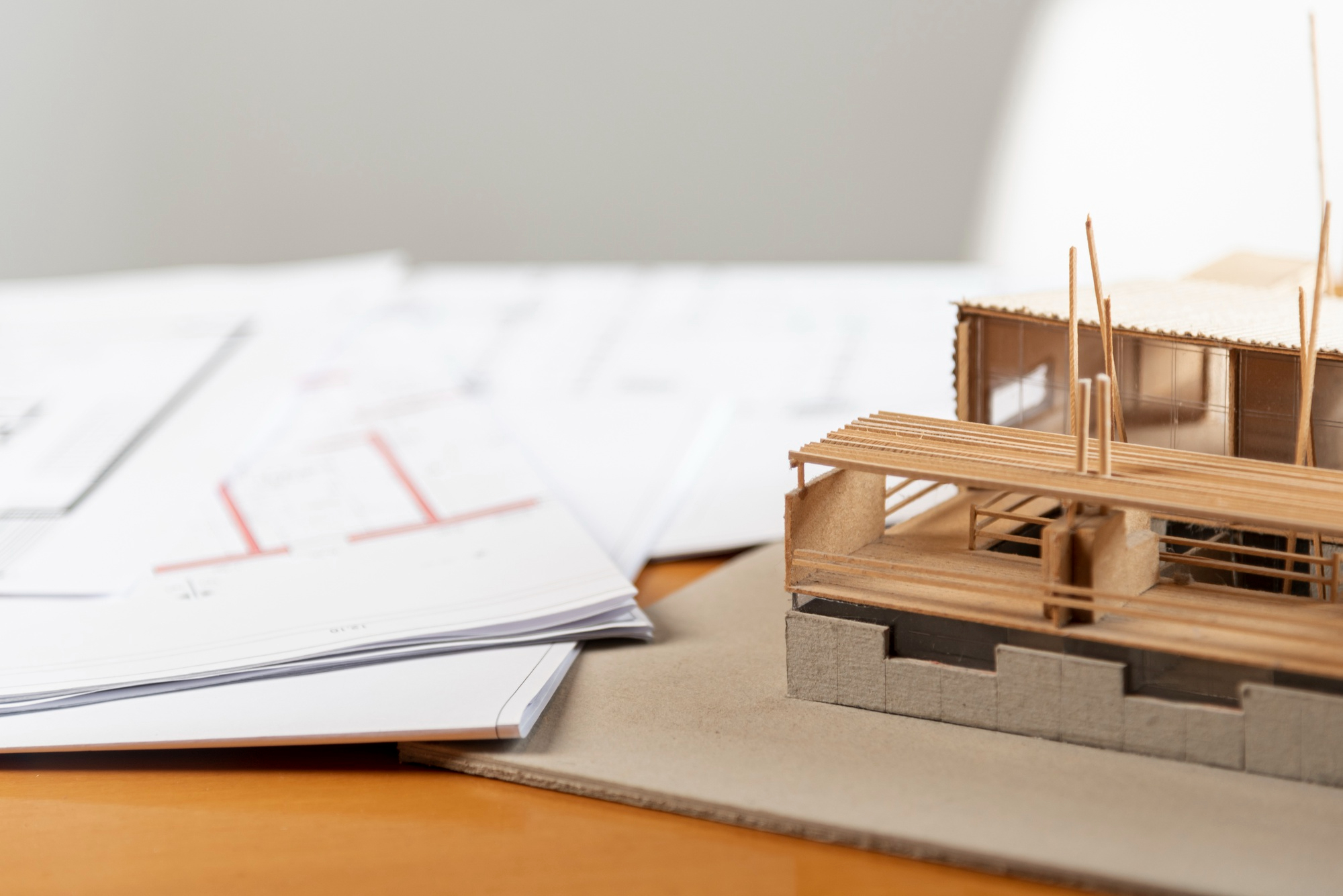
The Approval Process: Do You Need It?
For most construction projects in Queensland, the answer is a firm yes. You need building approval for new homes, major renovations, extensions, carports, sheds, retaining walls over one metre, and swimming pools.
Some minor works, classified as ‘accepted development,’ do not require approval, provided they meet strict criteria outlined in the Building Act and local planning schemes. This might include a small garden shed (under 10m2), a low deck (under 1m high), or certain repair works. However, it’s always safest to check with a building certifier or your local council before proceeding.
Planning Approval vs. Building Approval
A common point of confusion is the difference between these two approvals. In many cases, you will need both.
| Feature | Planning Approval (Development Approval) | Building Approval |
| Purpose | To ensure the proposed land use is appropriate for the area. | To ensure the proposed construction is safe, compliant, and meets standards. |
| Governing Law | Planning Act 2016 (Qld) | Building Act 1975 (Qld) |
| Issued By | Local Council | Private or Council Building Certifier |
| Focuses On | Zoning, land use, height, setbacks, environmental impact, and neighbourhood character. | Structural integrity, fire safety, energy efficiency, accessibility (NCC & QDC). |
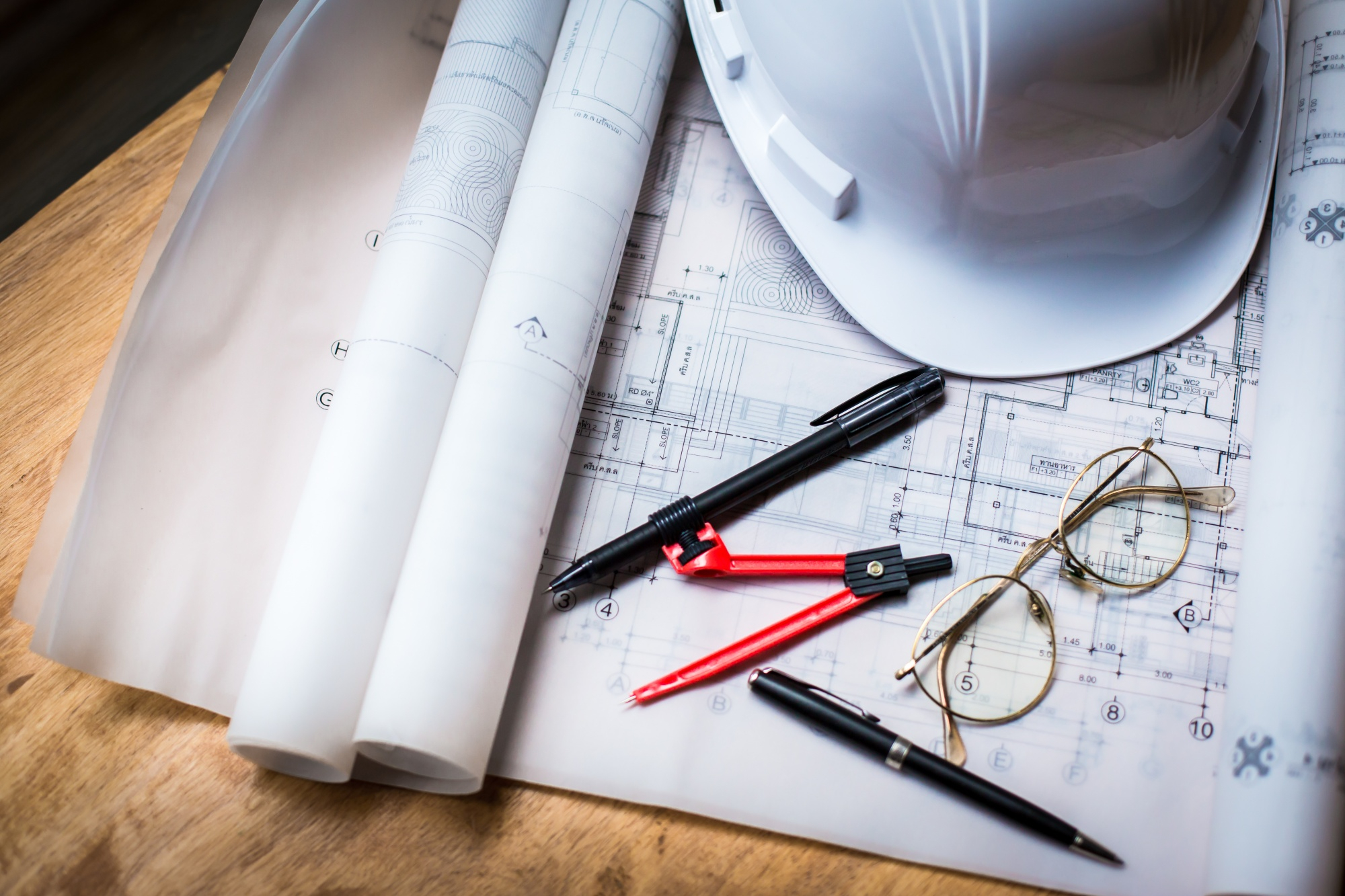
Key Players and Their Roles
The Queensland Building and Construction Commission (QBCC)
The QBCC is the state’s independent building industry regulator. Its key functions include:
- Licensing: Issuing licenses to builders, tradespeople, and certifiers.
- Dispute Resolution: Mediating disputes between homeowners and contractors.
- Compliance and Enforcement: Investigating illegal building work and taking disciplinary action.
- Administering the Queensland Home Warranty Scheme: This compulsory insurance protects homeowners against financial loss if a licensed contractor fails to complete work or fix defects.
Crucially, before hiring any contractor, you must verify their licence is active and appropriate for your job on the QBCC website.
Building Certifiers
A building certifier is a licensed professional responsible for assessing whether proposed building work complies with all relevant legislation, including the NCC and QDC. They are independent of your builder. Their role includes:
- Assessing and approving your building plans.
- Conducting mandatory inspections during construction.
- Issuing a final certificate upon compliant completion.

Critical Standards and Inspections
Energy Efficiency and the 7-Star Standard
As of 1 May 2024, all new residential homes in Queensland must meet enhanced energy efficiency standards under the updated National Construction Code (NCC 2022).
This includes:
- A 7-star NatHERS rating for the building shell, meaning improved insulation, glazing, and passive design to reduce heating and cooling needs
- A Whole-of-Home energy budget, which assesses the energy efficiency of fixed appliances such as heating, cooling, hot water, and lighting
These measures are designed to lower environmental impact while delivering homes that are more comfortable and cost-effective to run in Queensland’s varied climate. If your home design does not meet these standards, your certifier will not approve the plans.
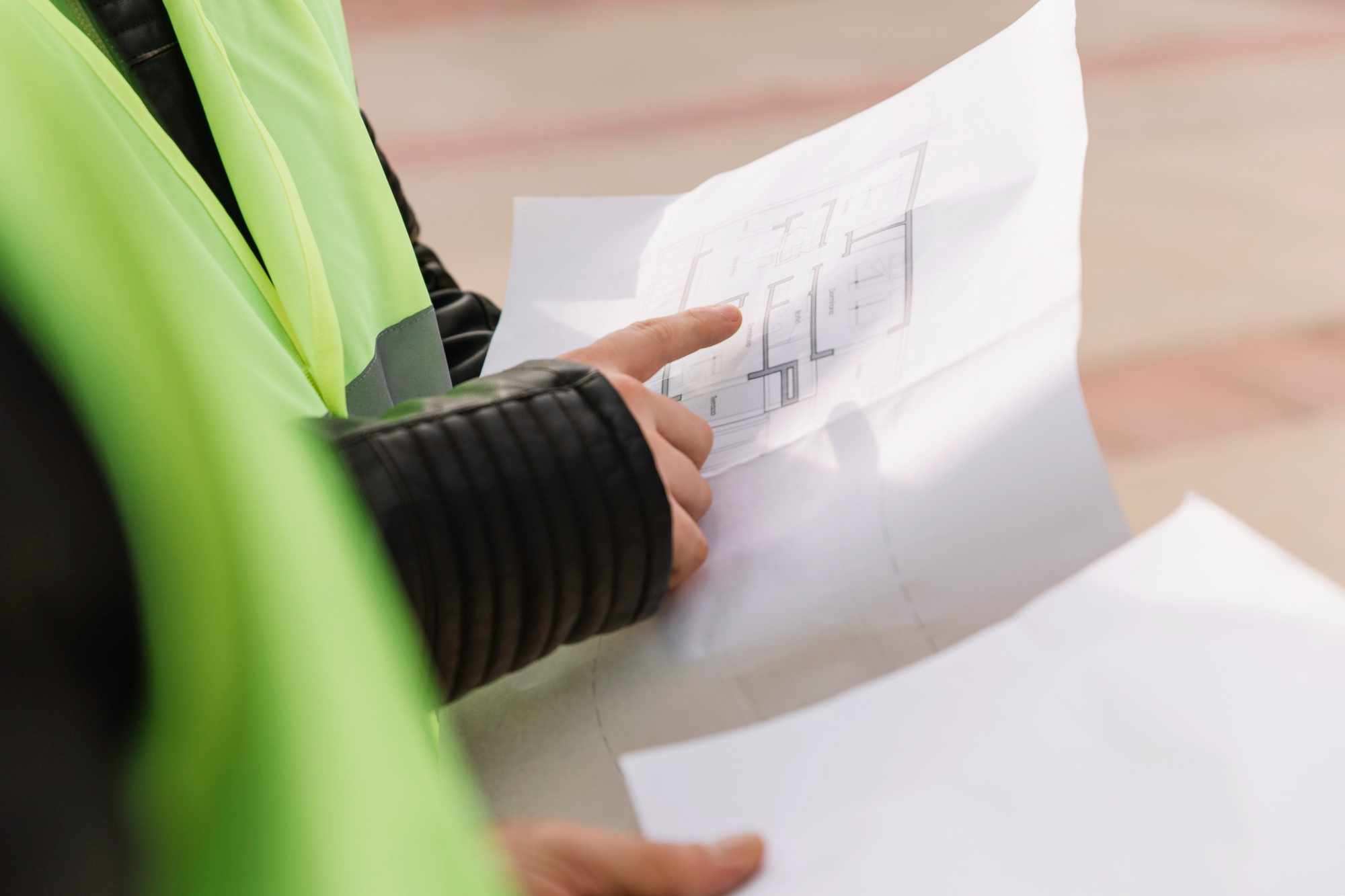
Mandatory Inspections During Construction
A certifier must inspect the build at critical stages. Proceeding to the next stage without a passed inspection is a serious breach. For a standard house, these stages are:
- Footings/Slab: Inspected after excavation and before concrete is poured to check steel reinforcement placement and dimensions.
- Framing: Inspected once the frame is complete to verify its structural integrity, bracing, and tie-downs are correct according to the approved plans.
- Enclosed Stage: This inspection occurs after the installation of roofing, windows, and wall wraps, but before the builder installs internal linings (such as plasterboard). This is the last chance to check wall insulation, waterproofing in wet areas, and structural components.
Final Inspection: A comprehensive check of the completed building to ensure it’s safe for occupation and matches the approved plans.
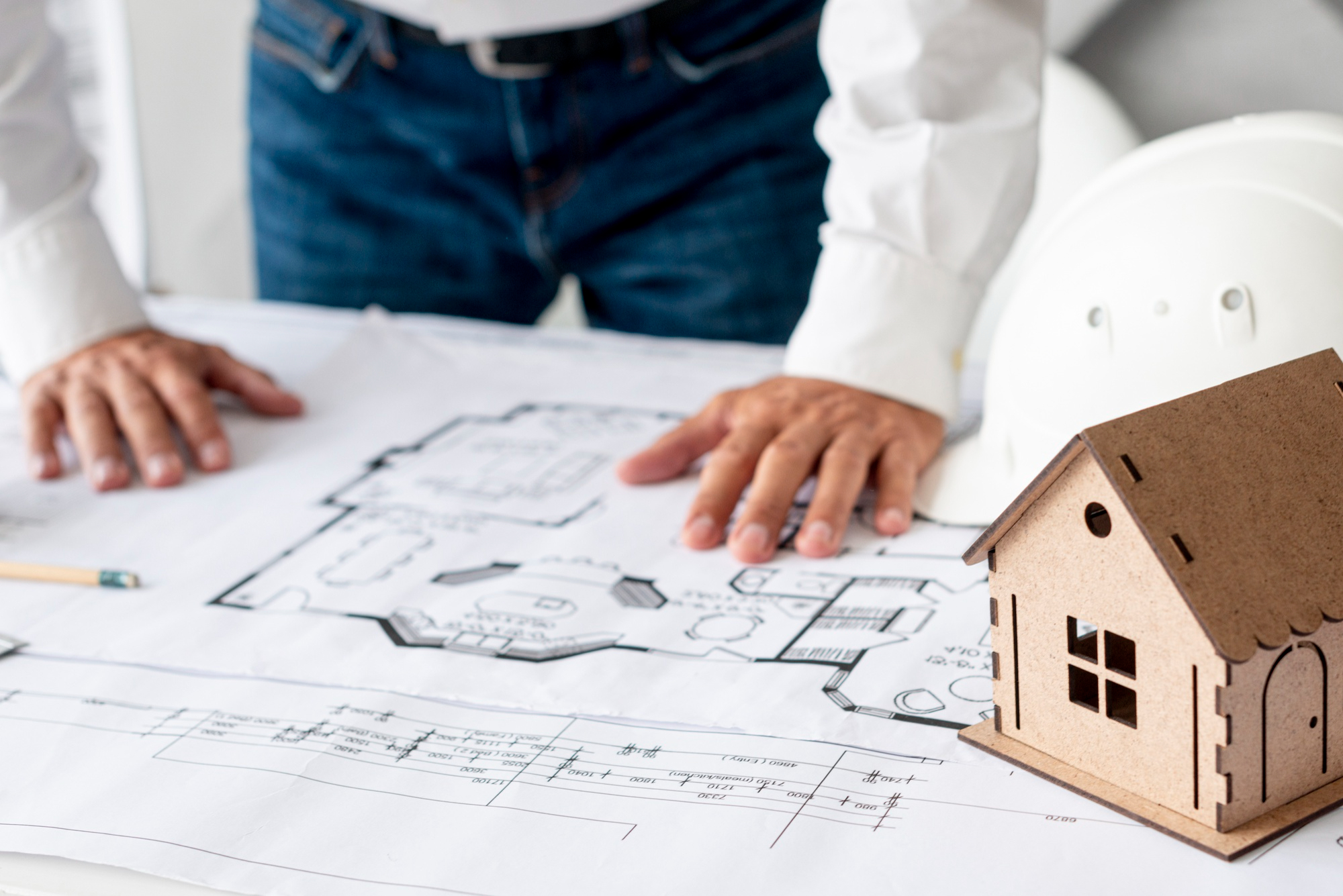
Owner-Builders: Know Your Responsibilities
If you plan to manage your own project for work valued over $11,000, you’ll need an Owner-Builder Permit from the QBCC. This permit makes you legally responsible for the construction site and the quality of the work. Your duties include:
- Ensuring the work complies with all codes and standards.
- Supervise all tradespeople and confirm they hold the correct licences.
- Organising all mandatory inspections with a certifier.
- Maintaining a safe work site and holding necessary insurance.
While it can be rewarding, the owner-builder role carries significant legal and financial risks.
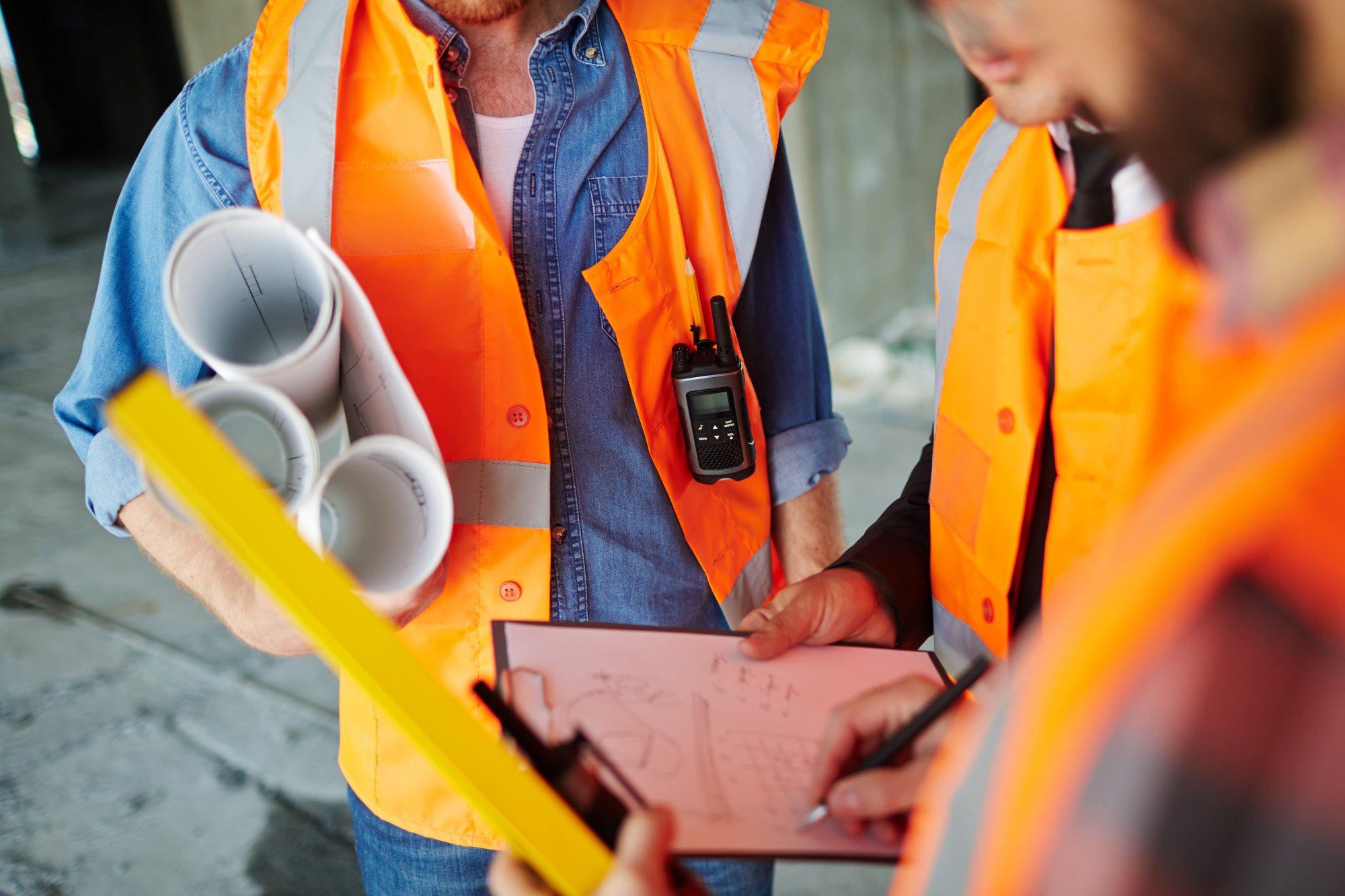
Common Pitfalls to Avoid
Even well-planned projects can run into trouble if regulatory requirements are misunderstood. Being aware of these common mistakes can save you significant time and money.
1. Starting Work Without Approval
It’s tempting to get a head start, but beginning work before your permit is issued can lead to stop-work orders, fines, and even demolition orders from your local council.
This creates major issues when you try to insure or sell the property later. Always have your building approval in hand before any work commences on site.
2. Engaging Unlicensed Contractors
Hiring an unlicensed person is a major risk. The work may be substandard, and more importantly, the compulsory Queensland Home Warranty Scheme will not cover it. This leaves you financially exposed if defects appear or the contractor fails to finish the work.
Always use the free QBCC online search to verify a contractor’s licence before you sign a contract.
3. Overlooking Local Planning Overlays
Your property might be in a designated zone for bushfire, flooding, or heritage protection. These overlays come with specific, non-negotiable building requirements, such as using fire-retardant materials or meeting a minimum floor height, which can significantly impact your design and budget.
Check your local council’s planning scheme early in the design phase to identify any overlays on your property.
4. Ignoring New Energy Efficiency Standards
Under the NCC 2022, designs that fail to meet the 7-star energy rating and Whole-of-Home requirements will be rejected by certifiers.
This forces costly and time-consuming redesigns before a certifier can even approve your project. Ensure your designer or architect is creating plans that comply with the latest energy standards from the very beginning.

What Happens at the Final Stage?
Once construction is complete, your building certifier must conduct a final inspection before officially signing off on the project. Your building certifier will conduct a comprehensive assessment to ensure the finished work is safe, compliant, and conforms to the approved plans.
Before issuing the certificate, the certifier must also collect key documents from your build team, such as engineering sign-offs (Form 16s) and waterproofing certificates.
Only after passing the physical inspection and ensuring all paperwork is in order will the certifier issue the final certificate. The specific document you receive depends on the nature of your project:
- Certificate of Occupancy (for new homes): This is the formal declaration that a newly built home is complete, safe, and fit for human habitation. It certifies that the entire structure complies with the approved plans and all relevant building codes. You cannot legally move into a new home until you receive this certificate.
- Final Inspection Certificate (for other works): This document certifies that a specific project, such as a renovation, extension, deck, pool, or shed, complies with the approved plans. It provides official approval for the new work, without re-certifying the existing house.
This final document is your ultimate proof of compliance. It is essential to take out home insurance, finalise your loan with the bank, sell the property, and legally live in or lease it out.

Build with Confidence, Backed by Independent Expertise
Queensland’s building regulations are in place to protect your safety, your investment, and the long-term value of your property. Understanding and following them is essential, but the process does not have to feel overwhelming.
Landmark Inspections supports homeowners, investors, and builders across Brisbane, the Sunshine Coast, and the Gold Coast with clear, independent construction inspections. Our reports highlight issues early, ensure every stage meets compliance standards, and provide peace of mind throughout your build.
If you are planning a new home, renovation, or investment project in Queensland, we can help you move forward with clarity and confidence.
Contact our team to discuss your project or book your inspection online to get started.



